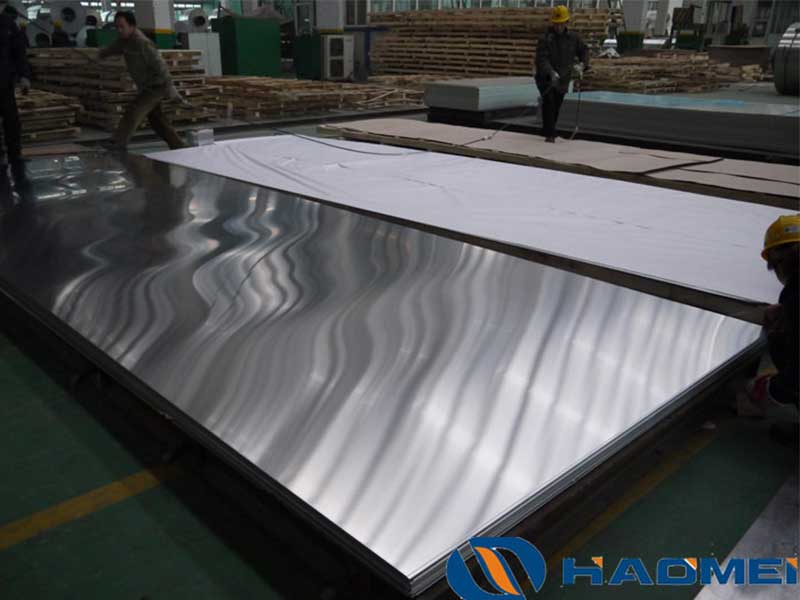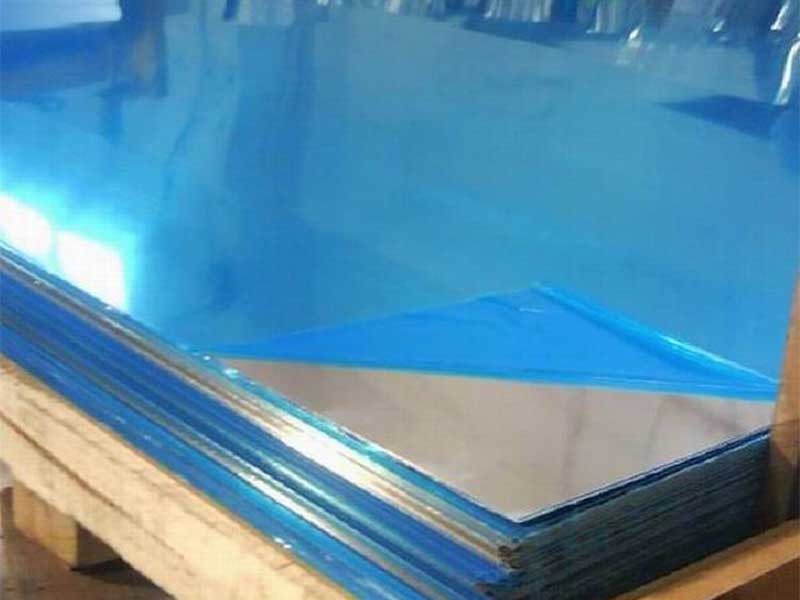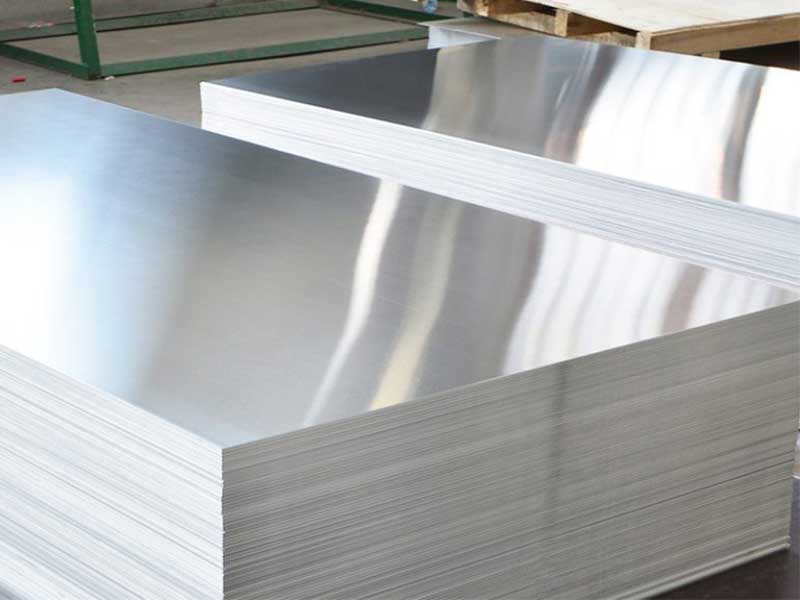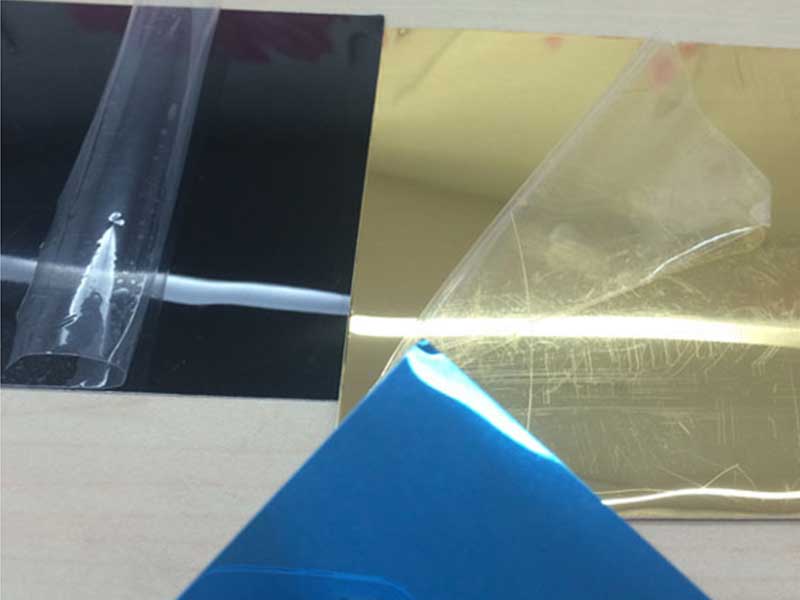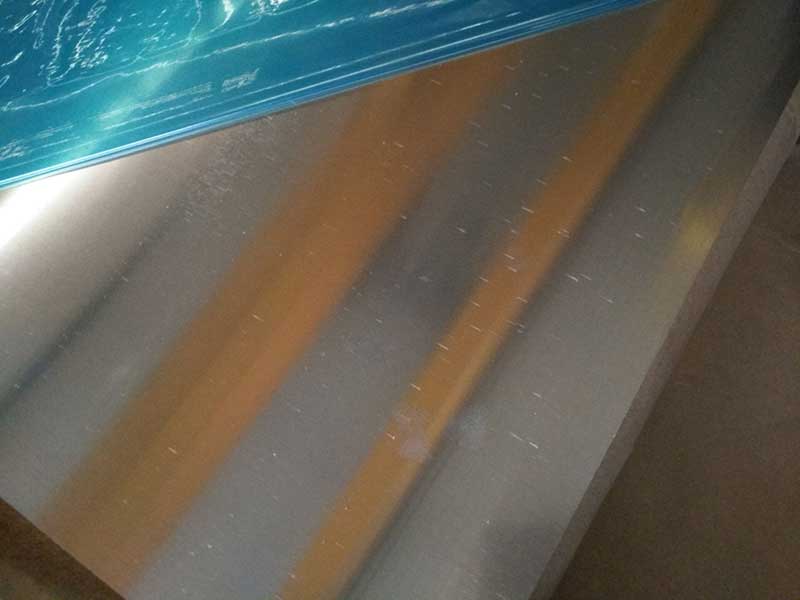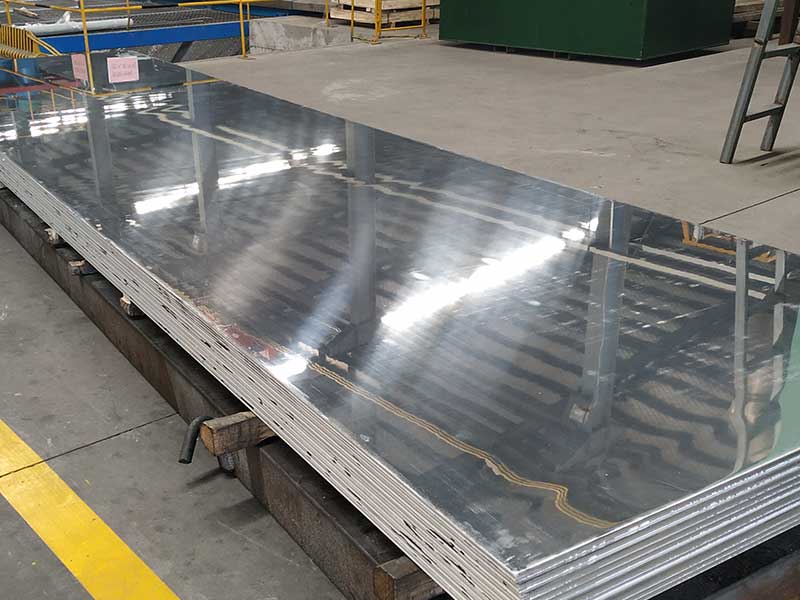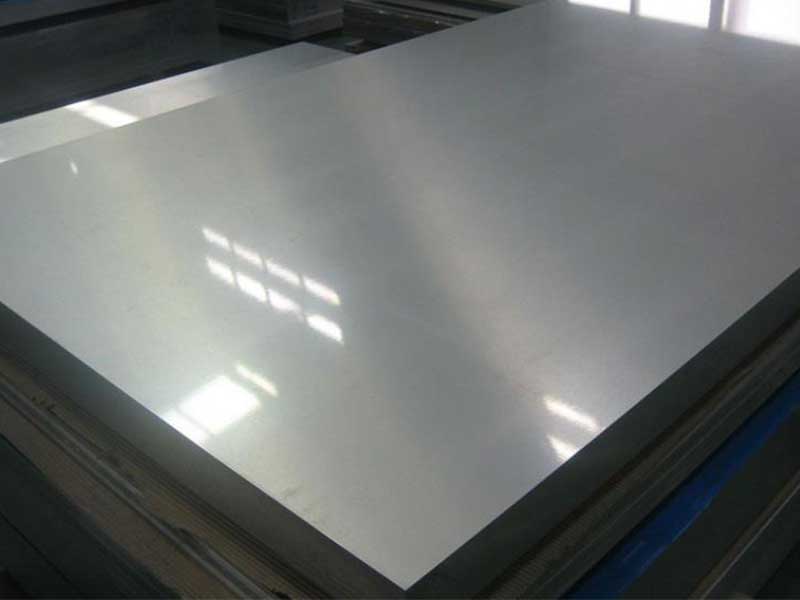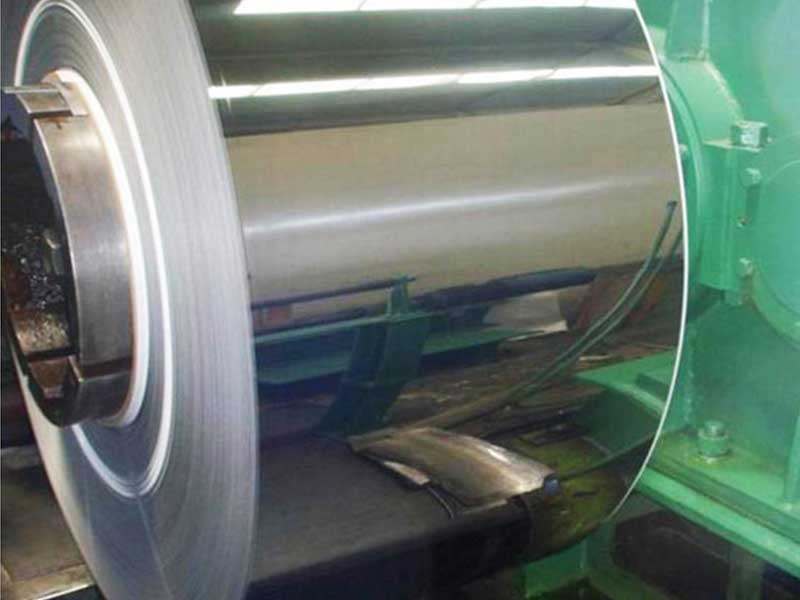2025-05-28 https://www.aluminum-coils.com/a/1100-aluminum-plate.html
Aluminum plates are foundational materials across various industries, prized for their lightweight and versatile nature. Among them, the 1100 aluminum plate holds a distinguished position due to its excellent formability, corrosion resistance, and purity.
What is 1100 Aluminum Plate?
The 1100 aluminum plate is a commercially pure aluminum product with a minimum aluminum content of 99.0%. It belongs to the 1xxx series of aluminum alloys, known primarily for excellent corrosion resistance, high ductility, and good thermal and electrical conductivity. Unlike other alloys in the series featuring additional elements, 1100 aluminum relies on its purity for its mechanical and chemical attributes.
Chemical Composition of 1100 Aluminum Plate
The chemical properties are critically important as they directly impact the performance of the plate in various conditions and applications.
| Element | Min (%) | Max (%) |
|---|---|---|
| Aluminum (Al) | 99.0 | -- |
| Copper (Cu) | -- | 0.05 |
| Iron (Fe) | -- | 0.95 |
| Manganese (Mn) | -- | 0.05 |
| Silicon (Si) | -- | 0.95 |
| Zinc (Zn) | -- | 0.10 |
| Titanium (Ti) | -- | 0.03 |
| Others (each) | -- | 0.03 |
| Others (total) | -- | 0.10 |
Note: All in weight percent (wt%)
High purity ensures great corrosion resistance, superior workability, and efficient heat and electrical conductivity.
Mechanical Properties and Tempering
1100 aluminum plates are usually supplied in a cold-worked (H-temper) or annealed (O-temper) condition since they are not heat-treatable alloys. Their strength relies substantially on cold working.
| Temper | Tensile Strength (MPa) | Yield Strength (MPa) | Elongation (%) |
|---|---|---|---|
| O (Annealed) | 68 - 110 | 21 – 59 | ≥ 35 |
| H14 (Half-hard) | 114 – 137 | 79 – 110 | 12 – 16 |
| H24 (3/4-hard) | 131 – 152 | 110 – 132 | 7 – 11 |
These variations allow for selections tailored to different applications—from having excellent formability at O-temper to enhanced strength at H24.
Standards and Implementation
1100 aluminum plate complies with several critical manufacturing and material standards, permitting consistent quality and performance:
- ASTM B209: Standard for Aluminum and Aluminum-Alloy Sheet and Plate
- JIS H4000: Japanese Industrial Standard for Aluminum and Aluminum Alloy Plates
- GB/T 6892: Chinese standard for Aluminum Alloy Plates
- EN 485-2: European standard specifying mechanical properties
Manufacturers follow rigorous protocols to achieve standard thicknesses ranging from 0.2 mm to over 6 mm, with sheet sizes commonly available up to 2000 mm width and varying lengths permitted to suit demand.
Functions of 1100 Aluminum Plate
- Corrosion Resistance: The near pure form ensures minimal oxidation and resistance to various corrosive environments, especially atmospheric and mildly chemical environments.
- Ductility and Formability: Ideal for intricate forming and bending tasks.
- Thermal and Electrical Conductivity: Excels well in electrical applications where efficiency is important due to low resistivity.
- Light Weight: Weighing just one-third that of steel, it enables weight reduction in fabrication.
- Non-Toxic and Food Safe: Its inert-quality makes it suitable for kitchen equipment and food processing industry use.
Applications of 1100 Aluminum Plate
1. Decorative and Architectural Paneling
Since the 1100 alloy offers a smooth surface finish and can be anodized easily, it’s leveraged in illuminated signs, nameplates, siding sheets, and other architectural elements where aesthetic appeals combine with corrosion resilience.
2. Culinary and Pharmaceutical Equipment
Owing to its food-grade purity and outstanding corrosion resistance, 1100 aluminum plates are widely used in making cookware, beverage cans, chemical tanks, and pharmaceutical processing equipment.
3. Electrical Industry
With superb electrical conductivity (~61% of Copper’s conductivity), 1100 is used for bus bars, electrical connectors, and capacitors where lightweight and corrosion resistance is accentuated.
4. Packaging and Foil
Because it is soft and malleable, it can be transformed into extremely thin sheets and foils critical in packaging materials.
5. Heat Exchangers and Finning
Additional industrial roles include its application in heat exchange systems, where conductivity properties enable effective heat transfer.

